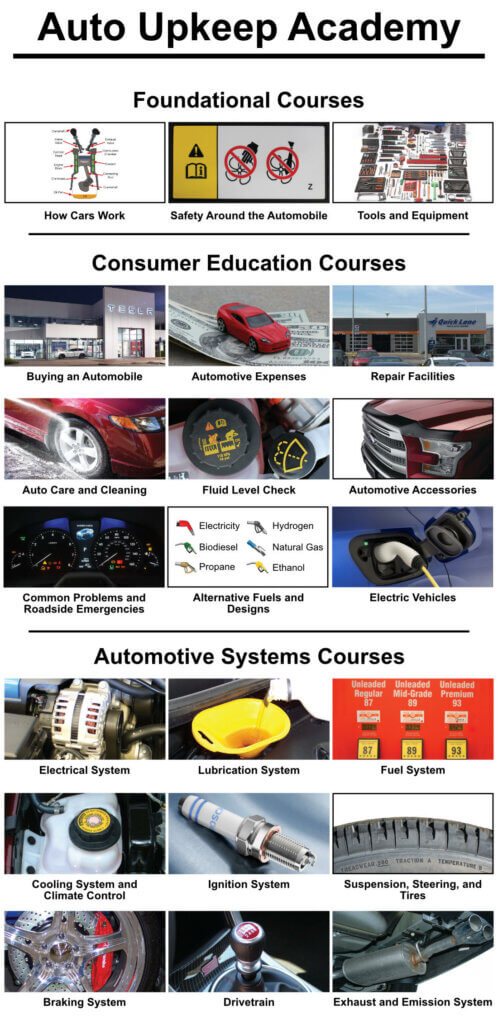The Polar Vortex is moving into the Northeast. Is your car ready for these cold temperatures?
Maintenance Schedule
First and foremost follow your manufacturer’s maintenance schedule. Make sure you use the correct viscosity of oil. Many vehicles today use SAE 0W20 or SAE 5W20, but always check your owner’s manual.
Antifreeze
Have the antifreeze (coolant) tested for freeze protection (don’t open a hot radiator cap). You can buy an inexpensive antifreeze tester for about $10. A 50/50 mixture of antifreeze/water mix is good to -34 degrees F.
Wiper Blades
Inspect and test your vehicle’s wiper blades. You can install bracketless wiper blades or ones that are rated as winter wiper blades. These types of wipers are not affected as much by snow and ice.
Gas Lines Freezing
Keep your gas tank full to avoid condensation. If condensation occurs inside the tank, you may have a gas line freeze.
Tires
Check the tire pressure and tread depth. The minimum tread depth is 2/32nd of an inch…but 4/32nds is more realistic – the deeper the tread the better. Make sure you follow the pressure requirements that are listed on the tire placard (inside the driver’s door). Tire pressure decreases 1 psi for every 10 degrees F drop in temperature. If you live in an area that gets lots of snow, consider true snow tires. Winter/snow tires have special deeper tread designs, are more flexible than all-season tires, and are made to better handle snow and ice. Look for tires that have a “snowflake on the mountain” symbol. The key here is that you need to put your all-season tires back on when winter is over. Consider purchasing a used set of wheels from a salvage yard so you can keep your winter tires mounted on those wheels (rims). Then you would just need to swap out the wheel assembly during the winter months. Always replace snow tires in a complete set of 4. If you need additional traction for extreme situations you can consider purchasing tire chains or tire traction socks.
Battery
Have your battery load tested. Did you know that many parts stores and service centers will load test your battery for free? According to Interstate Batteries, a battery loses 33% of its starting power at 32 degrees F and about 50% when the temperatures go below Zero. When buying a new battery compare apples to apples. Some batteries are rated at Cranking Amps, while others at Cold Cranking Amps. When batteries are rated at Cranking Amps they have been tested to deliver a specified number of amps at 32 degrees F. Cold Cranking Amp rated batteries have been tested to deliver a specified number of amps at 0 degrees F.
Battery Blankets
A way to boost the energy of the battery is to keep it warm. Battery blankets are available from about $40. Don’t use the battery heater when temps are above freezing.
Block Heater
If you live in an area where the permafrost is a part of your life, consider having a block heater installed. A block heater element when plugged into a standard outlet will keep the engine warm – resulting in easier startups and less emissions.
Winter Survival Kits
Consider purchasing a prepackaged kit or make one on your own. Keep a flashlight with batteries, gloves, winter clothing, first-aid kit, ice-scraper, small can of sand for traction, energy bars, bottled water, and jumper cables. Make sure you buy quality jumper cables. The gauge of wire makes a big difference in transferring the needed amps from one vehicle to another. Jumper cables with 4 gauge wire run about $30 as opposed to 10 gauge cables that cost about $10 – the lower the number the better/bigger the wire size.
Summary
Don’t drive if you don’t have to when the weather is dangerously cold or roads are slick. Telecommute if possible. Don’t drive faster just because you have 4WD. Add a local tow truck company’s number to your cell phone contact list for emergencies. Having a AAA card or towing on your insurance is also a plus.




